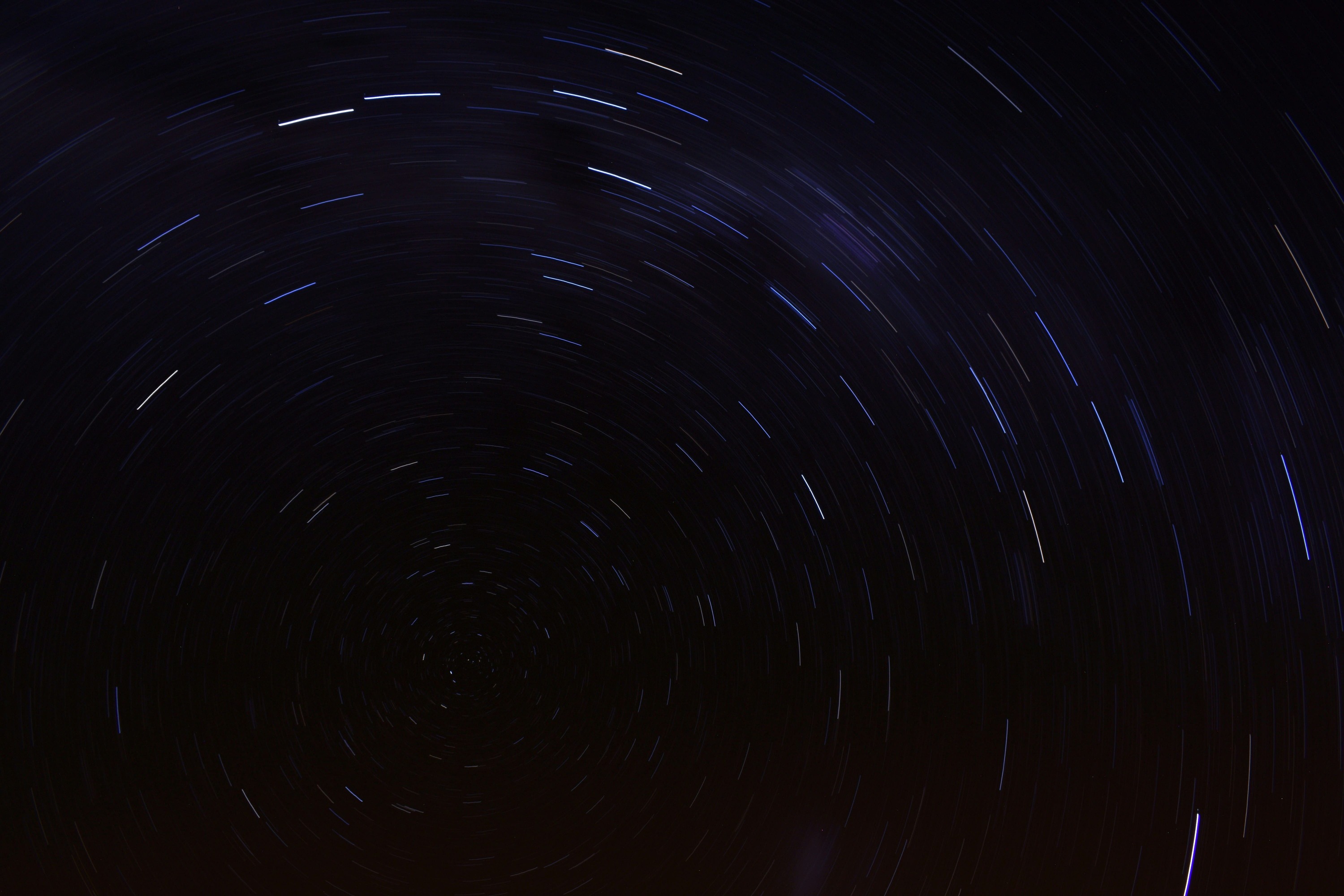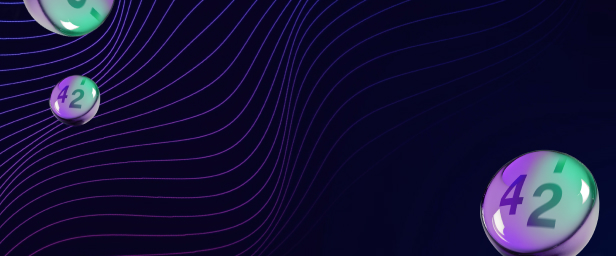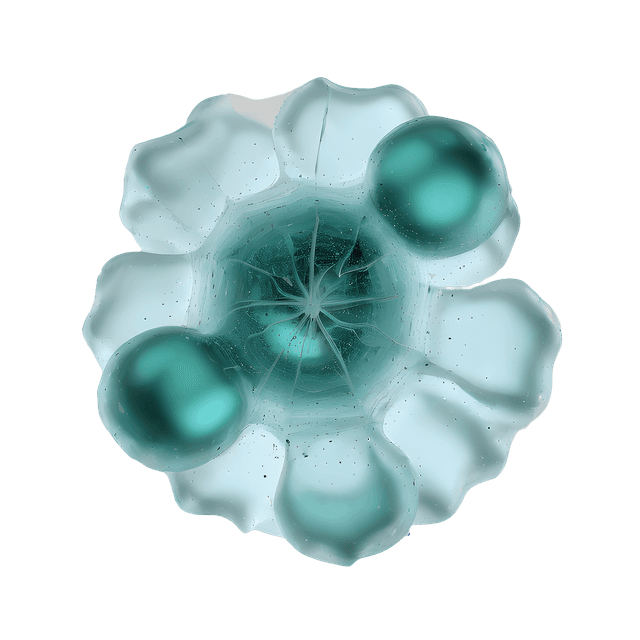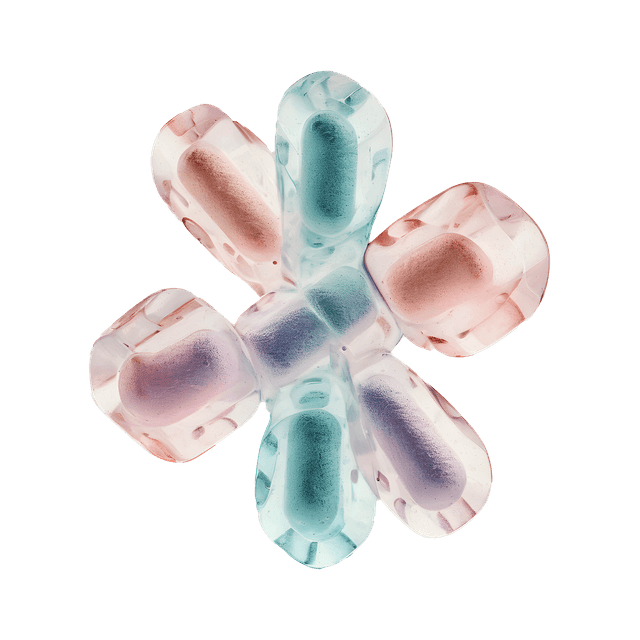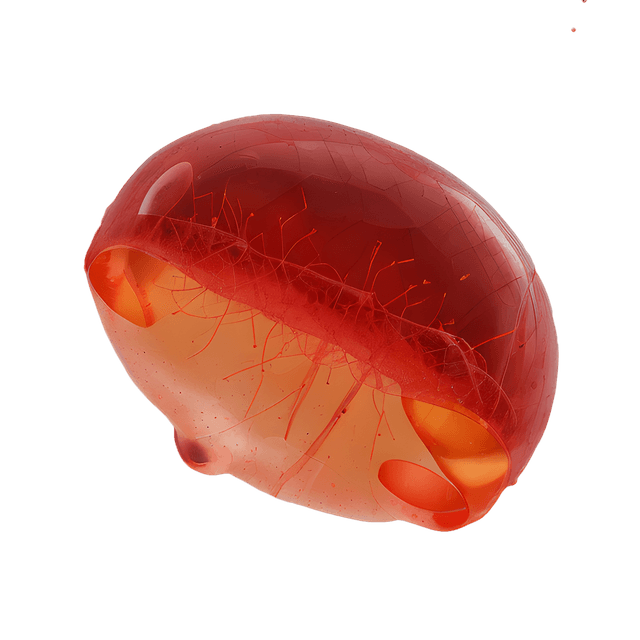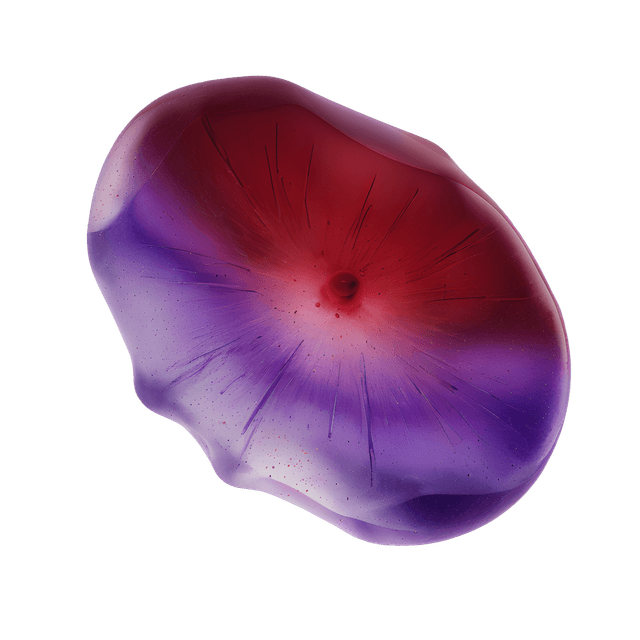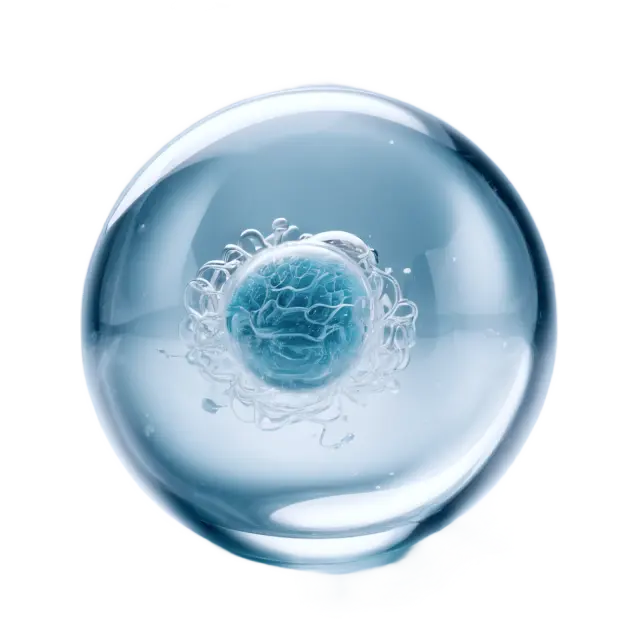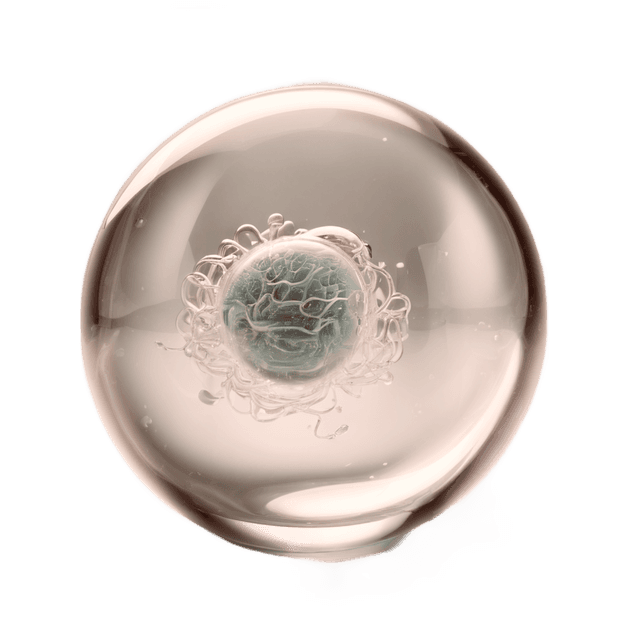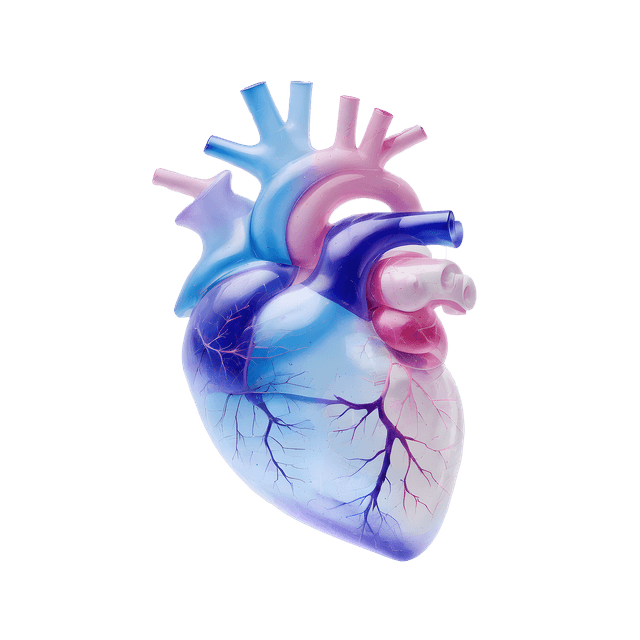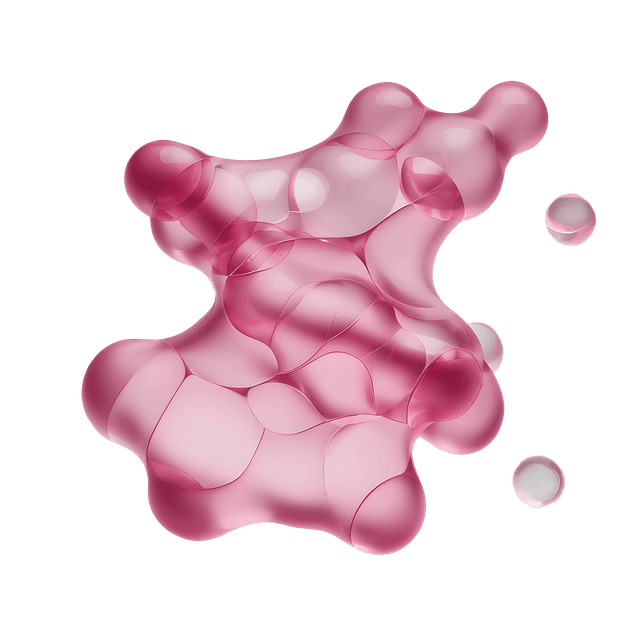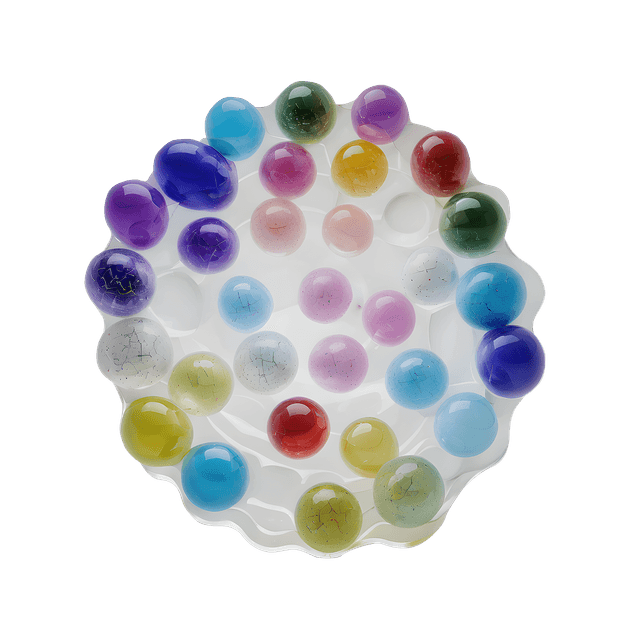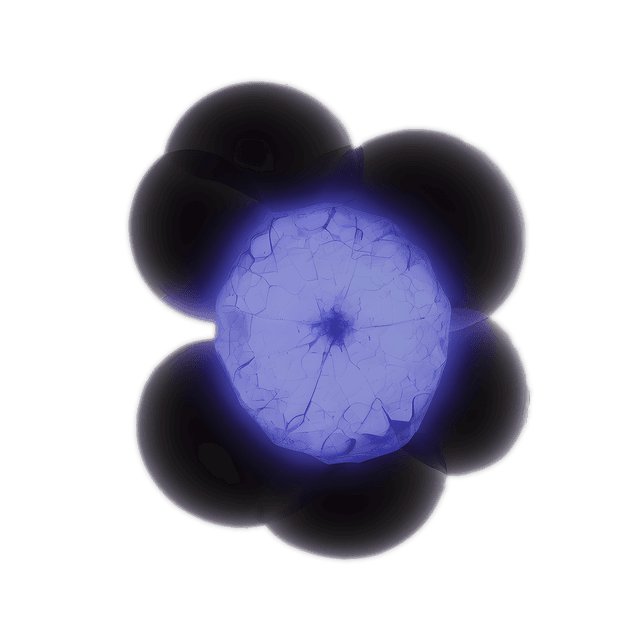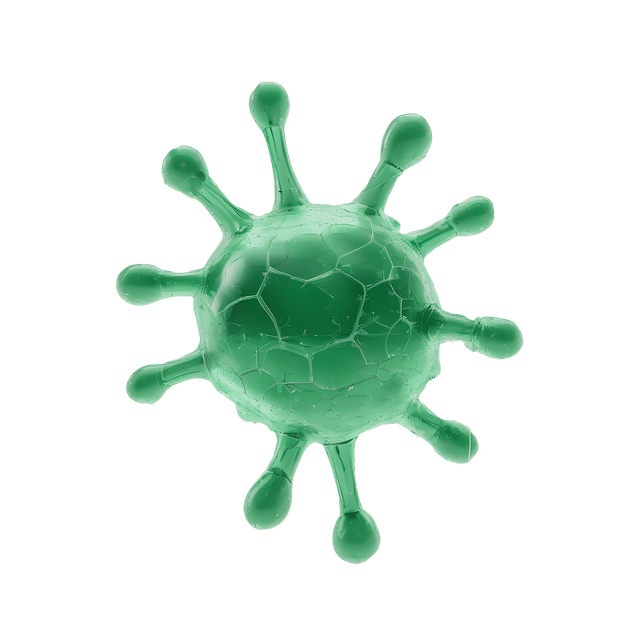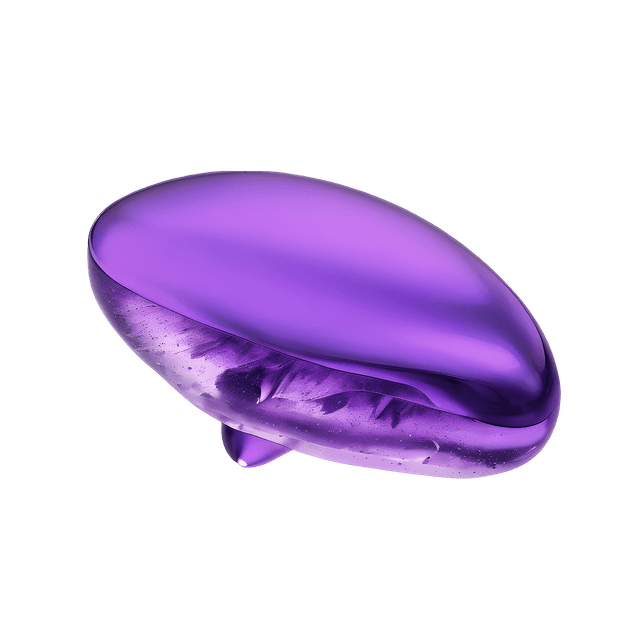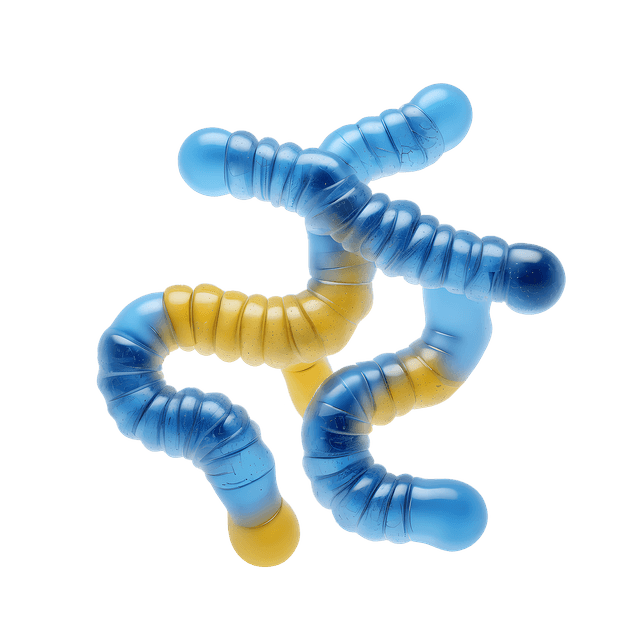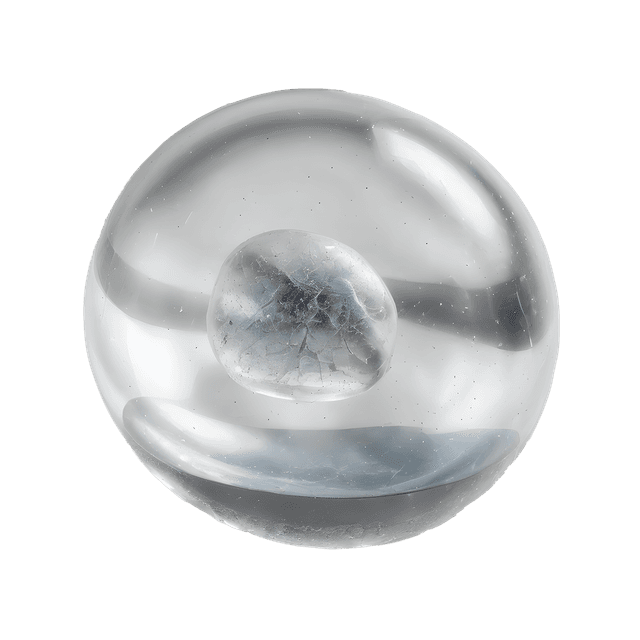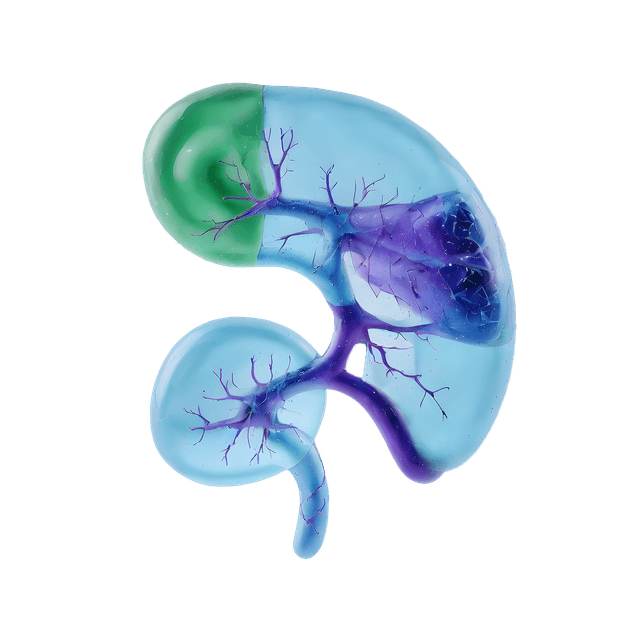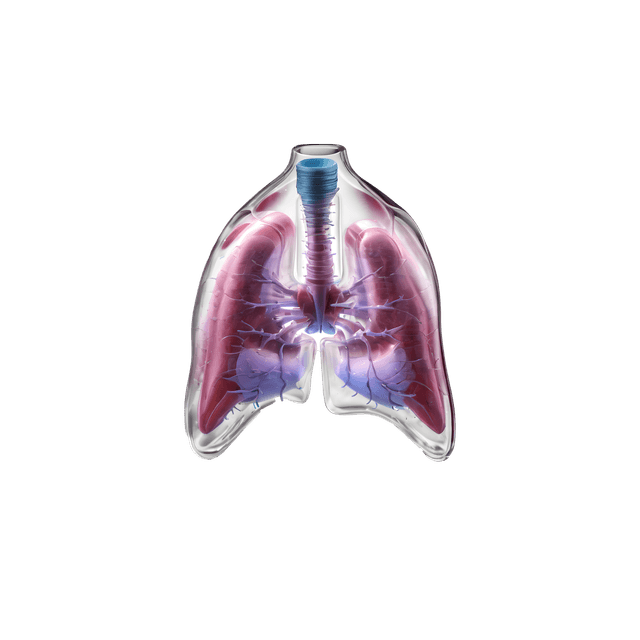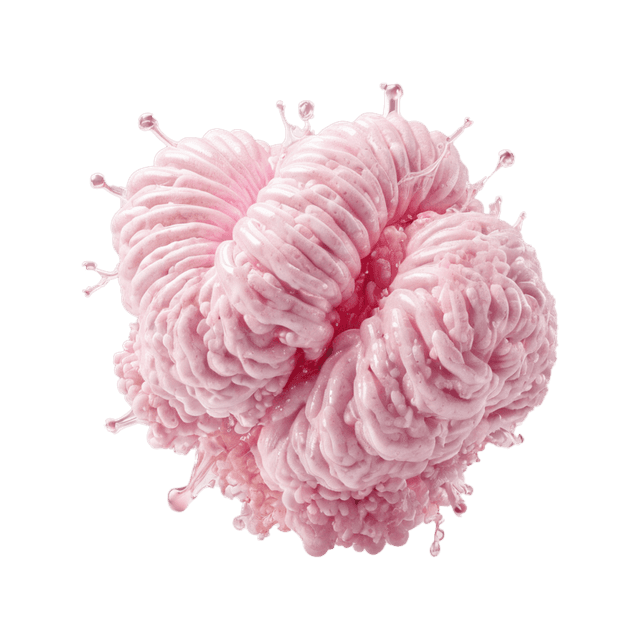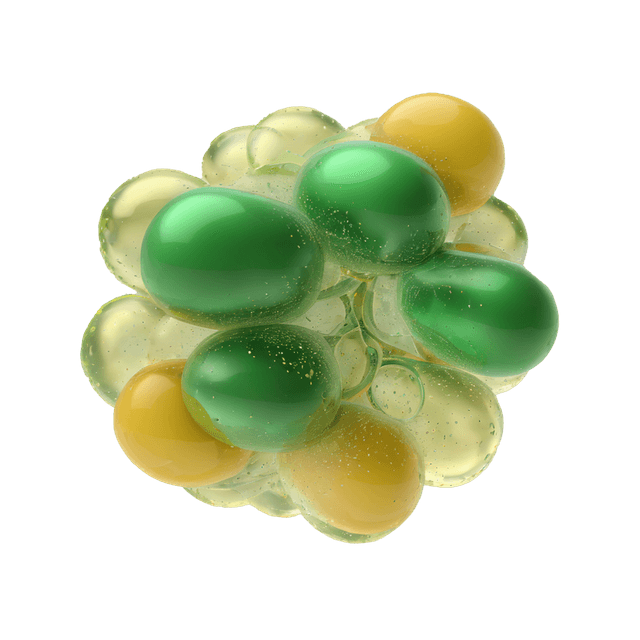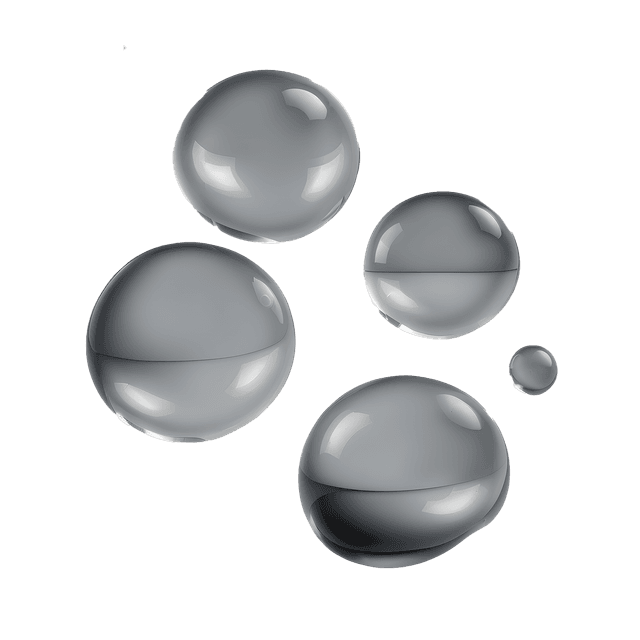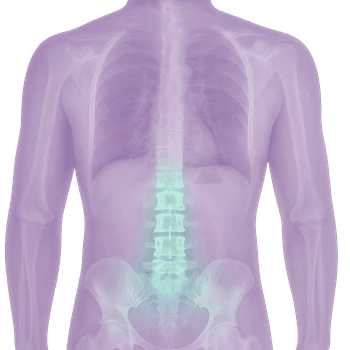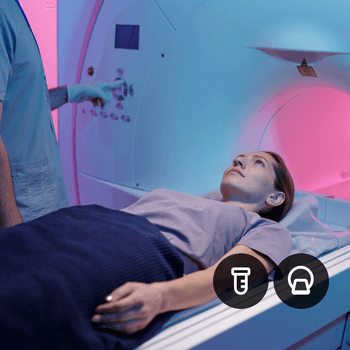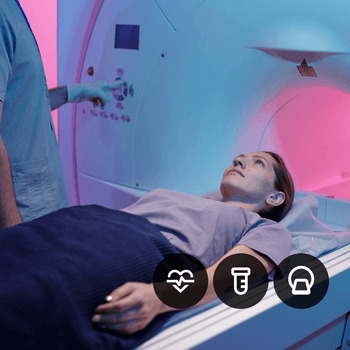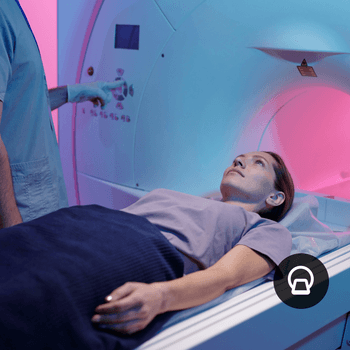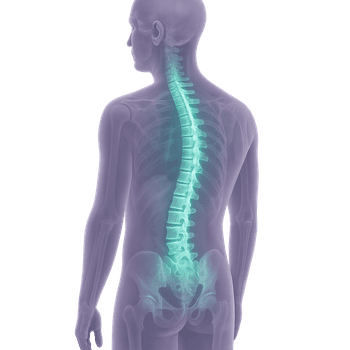Quick version
Summary
The lumbar spine is a central and loaded part of the back that often suffers from pain and functional impairment.
- The lumbar spine consists of five vertebrae and carries a lot of weight.
- Common causes of pain include sciatica, herniated discs and incorrect loading.
- Symptoms can be local or radiate into the legs.
- Diagnosis is made through clinical examinations and imaging.
- Treatment is with exercise, manual therapy or surgery if necessary.
What is the lower back?
The lower back, or lumbar spine, consists of the five lowest vertebrae in the spine, designated L1–L5. A large portion of the body's weight is supported by the lumbar spine, which is also central to many movements, such as bending and twisting. The anatomy of the lumbar spine includes vertebrae, discs, muscles, and nerves that work together to provide support and flexibility.
Function and biomechanics
The lumbar spine acts as a supportive hub between the upper and lower body. It absorbs shock, enables movement, and protects the nerves of the spinal cord. The muscles in the lower back help stabilize and move the torso.
Common causes of lower back pain
Lower back pain can be caused by overuse, poor posture, herniated discs, sciatica, muscle strains, or chronic conditions such as spinal stenosis. Stress and a sedentary lifestyle can also contribute.
Symptoms of lower back pain
Typical symptoms of lower back pain are characterized by localized pain in the lower back, stiffness, difficulty moving, radiating pain into the legs (sciatica), and numbness. Symptoms vary depending on the underlying cause.
Examination and diagnosis
Diagnosis can include a clinical examination, movement tests, and sometimes imaging tests such as X-rays, MRI of the lower back, or CT. During an examination, the doctor also assesses nerve function and muscle strength.
Treatment of low back pain
Treatment is tailored to the cause and may include painkillers, physiotherapy, exercise, manual therapy or surgery in severe cases. Activity and movement are often more important than rest.
Relevant symptoms
- Local pain in the lower back
- Stiffness in the back
- Pain when bending or twisting
- Radiating pain in the legs (sciatica)
- Numbness or weakness in the legs
Related conditions and diagnoses
- Back pain (acute lumbago)
- Herniated disc
- Sciatica
- Spinal stenosis
- Muscle strains
- Chronic low back pain
